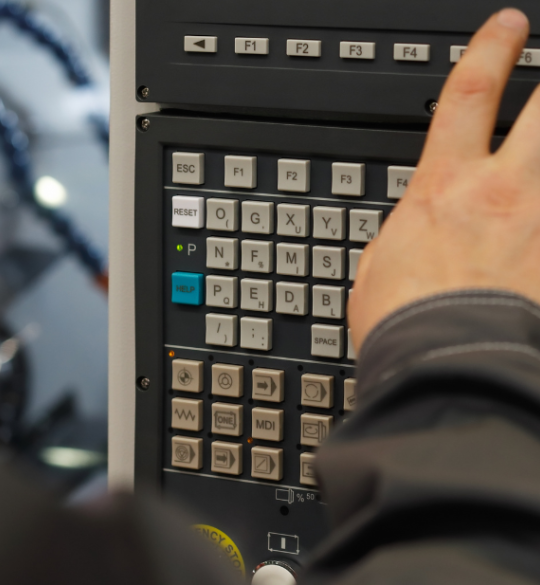 Continuous advancements in semiconductor manufacturing have driven the exponential growth of artificial intelligence (AI) and high-performance computing (HPC). Lithography expert Erik Hosler highlights the pivotal role that lithography plays in enabling the production of increasingly powerful and efficient semiconductors. As devices continue to shrink in size, the precision and capabilities of advanced lithography techniques, particularly Extreme Ultraviolet (EUV) lithography, are crucial for fueling the growth of AI and HPC applications, where processing power is key.
Continuous advancements in semiconductor manufacturing have driven the exponential growth of artificial intelligence (AI) and high-performance computing (HPC). Lithography expert Erik Hosler highlights the pivotal role that lithography plays in enabling the production of increasingly powerful and efficient semiconductors. As devices continue to shrink in size, the precision and capabilities of advanced lithography techniques, particularly Extreme Ultraviolet (EUV) lithography, are crucial for fueling the growth of AI and HPC applications, where processing power is key.
Table of Contents
How Lithography Enables AI and HPC
The performance of AI and HPC systems relies heavily on the computational power of semiconductors. These chips, which power everything from machine learning algorithms to large-scale data processing tasks, are becoming smaller and more complex. Lithography techniques, especially EUV, allow manufacturers to etch incredibly fine patterns onto silicon wafers, creating the densely packed transistors needed for such high-demand applications. Erik Hosler explains that ‘Power-driven performance changes for EUV open the door for a final era of lithography tooling, enabling the creation of features smaller than 10 nm.’ This shift allows manufacturers to produce chips that handle the massive data loads required by AI and HPC systems with greater efficiency and reliability.
AI and HPC: Demanding More from Semiconductors
The growth of AI and HPC has led to a significant increase in the demand for smaller, faster, and more energy-efficient semiconductors. AI applications, such as deep learning and neural networks, require immense computational power to process and analyze data in real time. HPC systems, used for tasks like climate modeling and scientific research, need high-performance chips capable of processing vast amounts of data quickly and accurately.
Lithography has been instrumental in enabling the production of chips with the speed and efficiency necessary to support these applications. As semiconductor features shrink below 7 nanometers (nm), the precision offered by EUV lithography is essential for advancing AI and HPC. These smaller features allow more transistors to be packed onto a single chip, increasing computational power while reducing energy consumption, which is crucial for managing the immense data loads of AI and HPC systems.
Lithography’s Future Role in AI and HPC
As AI and HPC technologies continue to evolve, the role of lithography in semiconductor manufacturing will only grow in importance. The ongoing refinement of lithography techniques, including EUV, will enable the production of even smaller and more efficient chips, pushing the limits of what AI and HPC systems can achieve. By advancing semiconductor design, lithography will continue to fuel the development of groundbreaking applications in AI, HPC, and beyond.







